How Sanofi is Rewriting the Script for Untreated Rare Diseases
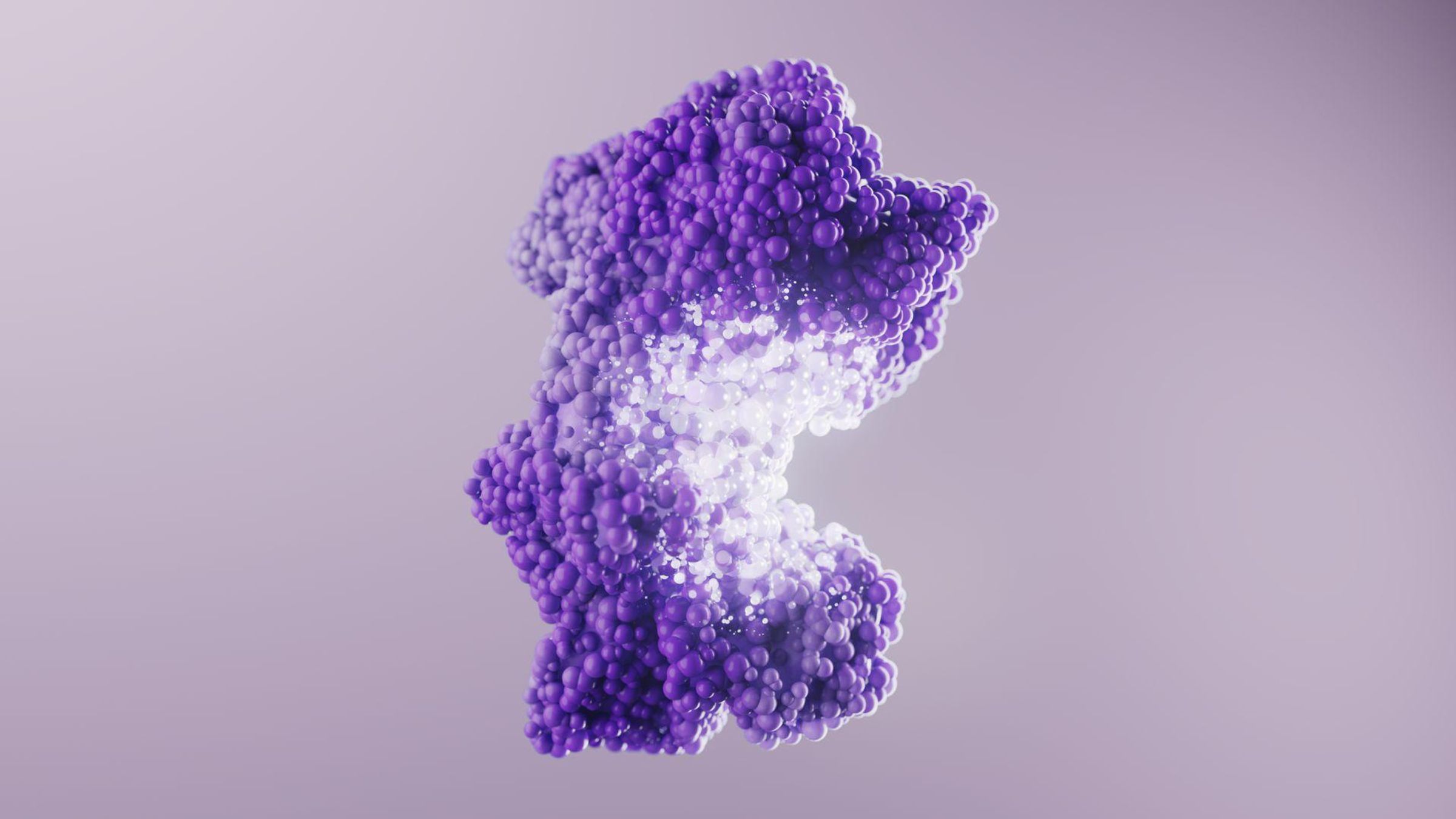
In part one of our rare disease mini-series, we explored how Sanofi is redesigning rare disease research through Mendelian and Immunoscience approaches. Now, we share an overview of the cutting-edge technologies, from advanced delivery systems to AI-driven insights, that are making these breakthroughs possible.
A Personal Mission: Decoding Rare Diseases
As Global Head of Rare Diseases at Sanofi, Pablo Sardi champions research in rare conditions. He sets the direction and identifies opportunities and technologies where the company can invest resources to develop treatment options that can benefit thousands of patients. His path into this unique field, however, was far from straightforward.
Sardi’s mission began with a stark realization: rare diseases existed in the shadows, starved of resources and hope. Finding cures required more than good intentions—it demanded a deep understanding of what was missing at the molecular level and the tools to fix it. Guided by this vision, Sardi immersed himself in decoding the biological mechanisms driving disease progression, determined to bring solutions to a field long overlooked. Unlike traditional medicine, which often focuses on managing symptoms, he was captivated by precision medicine, an approach that dives deep into the molecular roots of disease. It works by identifying faulty mechanisms and designing approaches, aiming to correct the problem at its root.
This curiosity for understanding the mechanism of disease is not just his only quirk as a head of rare diseases research at Sanofi. “You know, we have a joke at home about my nerdiness and how my kids have inherited it.” But, still, finding a new disease mechanism is a source of excitement for him. “Such research can open up new doors,” he says, paving the way to better understand the biology of a disease, explore approaches that might reverse its impacts and develop strategies to precisely engineer the maneuver for intervention. Though his work takes place on a microscopic scale, Sardi describes the excitement of uncovering new disease mechanisms and engineering targeted therapeutic solutions as nothing short of cosmic.
Each breakthrough feels like what astronomers might experience during the landing missions to the Moon or Mars.

Pablo Sardi
Global Head of Rare Diseases Research
Technologies Shaping Rare Diseases Research
While the primary goal of Sanofi’s rare disease research is to develop treatments, the process delivers much more than just a therapy for a single condition. It deepens understanding of the underlying biology and advances the technologies that make future breakthroughs possible.
Researchers often look to the body’s own biology for inspiration when developing new therapies. One exciting example is how scientists are learning to piggyback on natural transport systems to deliver medicines into the brain, a place that researchers find notoriously hard to reach.
The blood-brain barrier is a protective layer that shields the brain from harmful substances in the bloodstream. But it also makes it difficult for most drugs to get through. Still, the brain has its own way of letting in essential nutrients—like iron or amino acids, which enter through specialized transporters.
At Sanofi, researchers are tapping into this very pathway. By engineering a therapeutic antibody to bind to one of these transporters, the body treats the medicine like a nutrient and carries it past the blood-brain barrier and into the brain. Once inside, the antibody can attach to its intended molecular target and directly trigger its therapeutic effect, opening the door to potential treatments for a wide range of rare neurological diseases. “And this is just the beginning. Sanofi researchers are expanding these strategies beyond the brain, exploring ways to deliver therapeutics to muscles and other specialized tissues,” Sardi says.
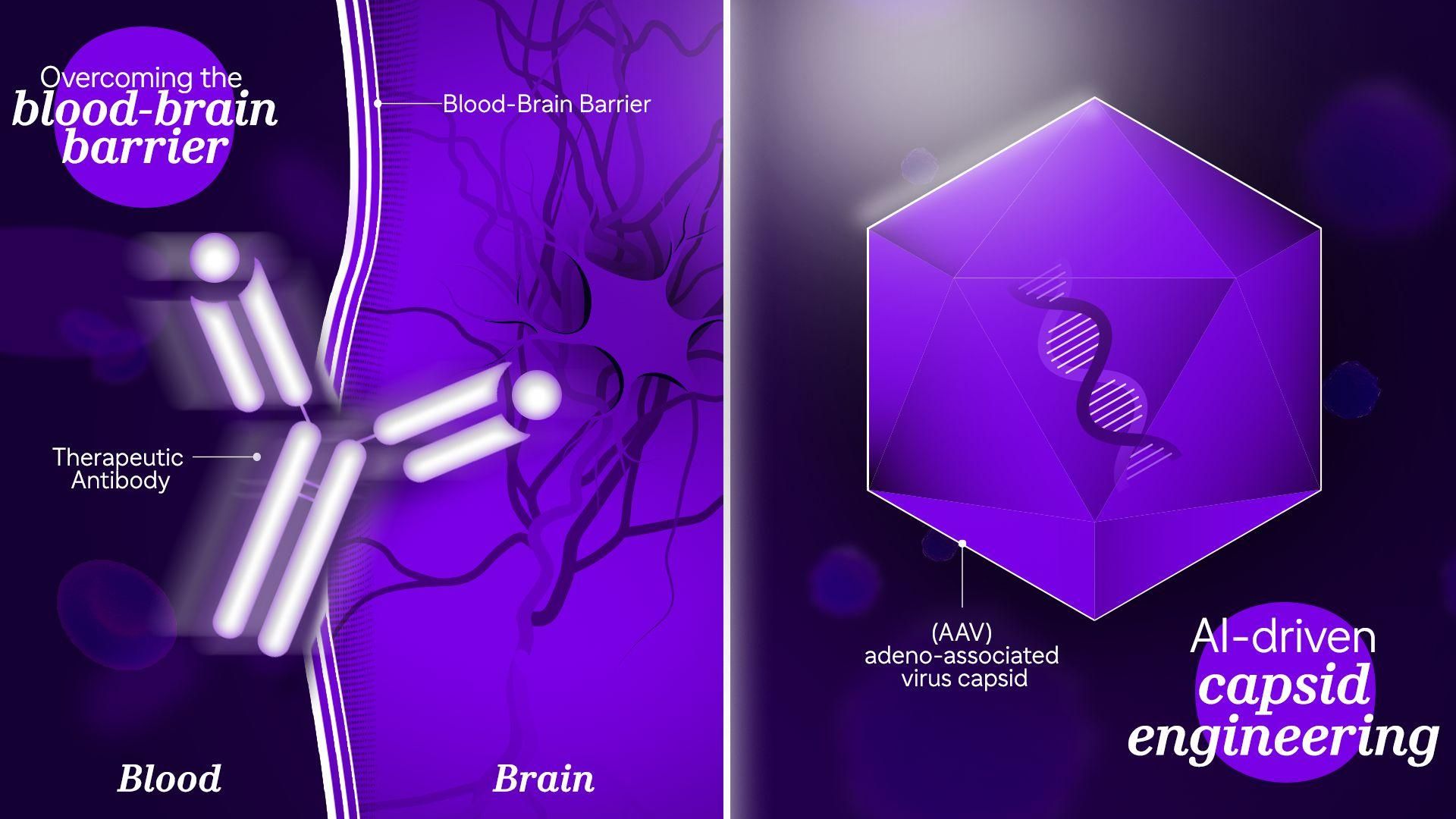
Visualizing how Sanofi overcomes the blood-brain barrier with therapeutic antibodies and uses AI for AAV capsid engineering.
Another exciting example is the use of gene-editing technologies, where we want to harness precision tools to correct disease-causing mutations at their source. These advances, combined with innovations in delivery, are laying the foundation for treatments that were once unimaginable. For Sanofi, every breakthrough in rare diseases not only brings hope to patients but also builds a scientific toolbox—unlocking knowledge and technologies that will accelerate discoveries for years to come.
AI’s Role in Rare Diseases Research
While all these advancements are exciting, no conversation about innovation would be complete without mentioning Artificial Intelligence (AI) and the profound ways it is transforming medical research. Its impact on rare disease research has been equally remarkable, opening up new possibilities that were previously out of reach.
One of the major applications of AI in rare disease research is improving how drugs are delivered to hard-to-reach organs like muscle and brain. Oftentimes, scientists use adeno-associated viruses (AAVs) as tiny delivery vehicles to carry healthy genes into the body. However, one of the biggest challenges has been getting these viruses to reach specific tissues like the muscle or brain, and to escape the body’s natural defense systems.
To overcome this, Sanofi researchers are actively exploring ways using AI to design better viral “shells,” called capsids. These engineered capsids can help the virus bypass immune responses and target precise cells with the goal of delivering therapies exactly where they are needed. Sanofi researchers are also using AI to connect vast datasets and uncover patterns that a human eye and brain couldn’t. They have recently published research on AI tools that have unlocked ways to spot mutations that, using a conventional way of screening, “would have taken decades to go through that number of mutations,” Sardi says. The use is coming equally fast in other areas including finding new drug targets, optimizing molecules, and generating novel hypotheses from complex data.
In rare diseases, many different genetic mutations might cause similar symptoms or disrupt similar biological functions. Now, researchers are looking at how AI is helping to bundle together different genetic signals that affect the same biological pathway and help unravel the common patterns between them. “If you look at them from a clinician perspective, there are different diseases, but they might have the same pathway affected,” he adds.
Challenges and Excitement Ahead
Unlike common diseases where researchers can use the same models trying to target different mechanisms, rare diseases research often requires its own specific animal model and dedicated research program. As a result, the effort and cost can multiply quickly even at the early research stage. That means, researchers often need a lot of resources up front to get to a first human trial. When it reaches patients for testing, these trials are also smaller and more focused and are designed around very specific patient groups. The bigger challenge there is usually around finding enough eligible patients to run the study.
Despite the technical and logistical challenges, Sardi’s passion for the field remains unshaken.
A big dream for me is taking these potential medicines that affect disease biology and getting them to as many patients as possible.
Pablo Sardi
Global Head of Rare Diseases Research
Another critical leap for the field will come from detecting disease much earlier in life. That’s why researchers are pushing for more advanced newborn screening programs. “Once you find the right molecules, you need to identify patients as soon as possible, as earlier treatments usually lead to better outcomes,” he adds.
“You could say we’re trying to play with nature—or even with what some might call God’s design,” Sardi adds. “Figuring out what is wrong and engineering a molecular solution that can fix it is just incredibly complex.”
Still, he says, “nature has given us these intricate biological mechanisms that sometimes go rogue. All we’re doing is trying to trick those systems into returning to a healthier state.”
Explore More
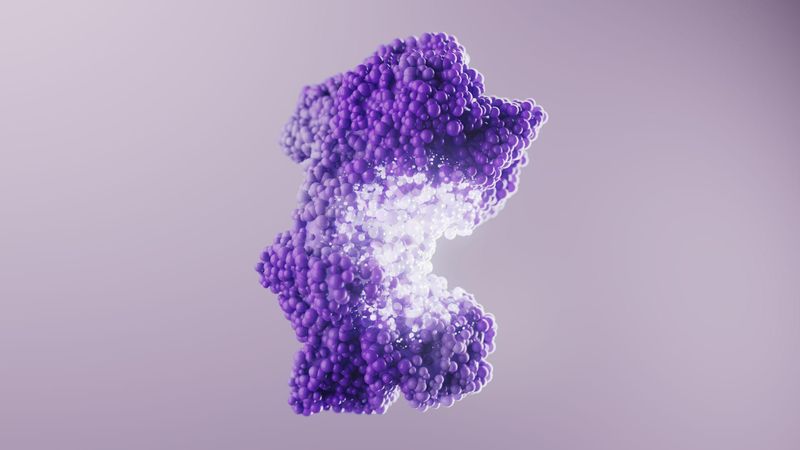
Rare Diseases Research & Development
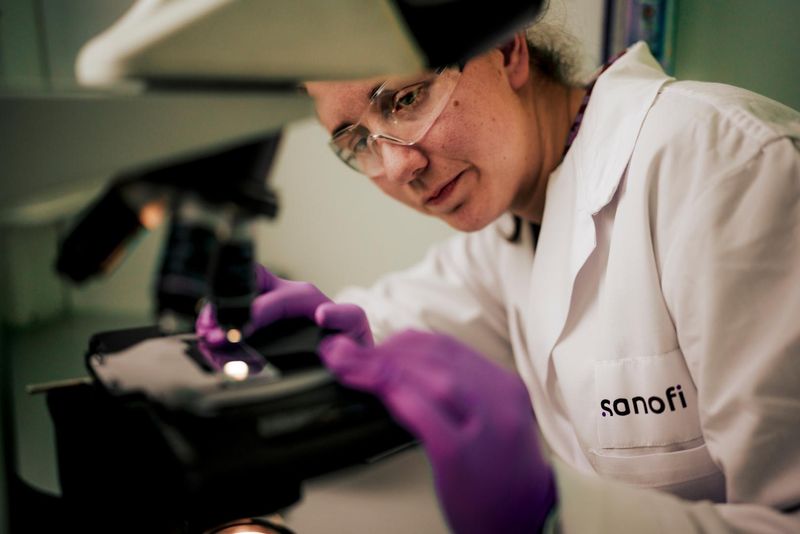
How We’re Redesigning Rare Disease Research
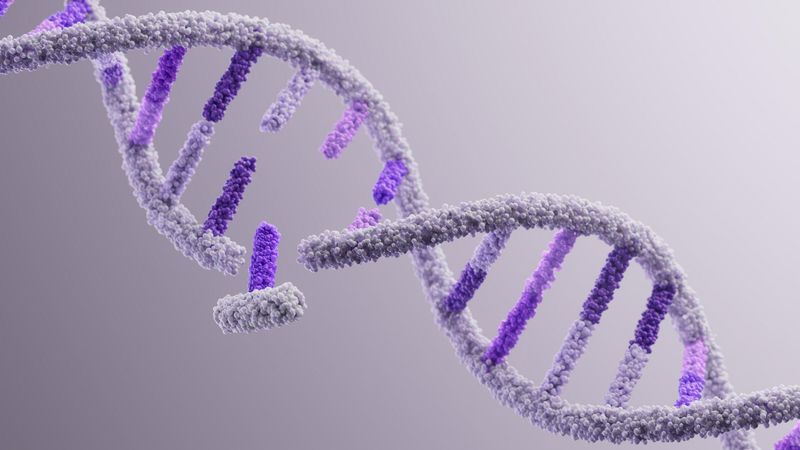
Genomic Medicine Unit: Overcoming Gene Therapy’s Greatest Challenges
References
- US Food and Drug Administration (2024). Rare Diseases at FDA. Accessed 18 September 2025.
- Haendel, Melissa et al. “How many rare diseases are there?.” Nature reviews. Drug discovery vol. 19,2 (2020): 77-78. doi:10.1038/d41573-019-00180-y
- Rare Disease Day (2019) Rare Disease Day: Frequently Asked Questions. Available at https://rarediseases.org/wp-content/uploads/2019/01/RDD-FAQ-2019.pdf